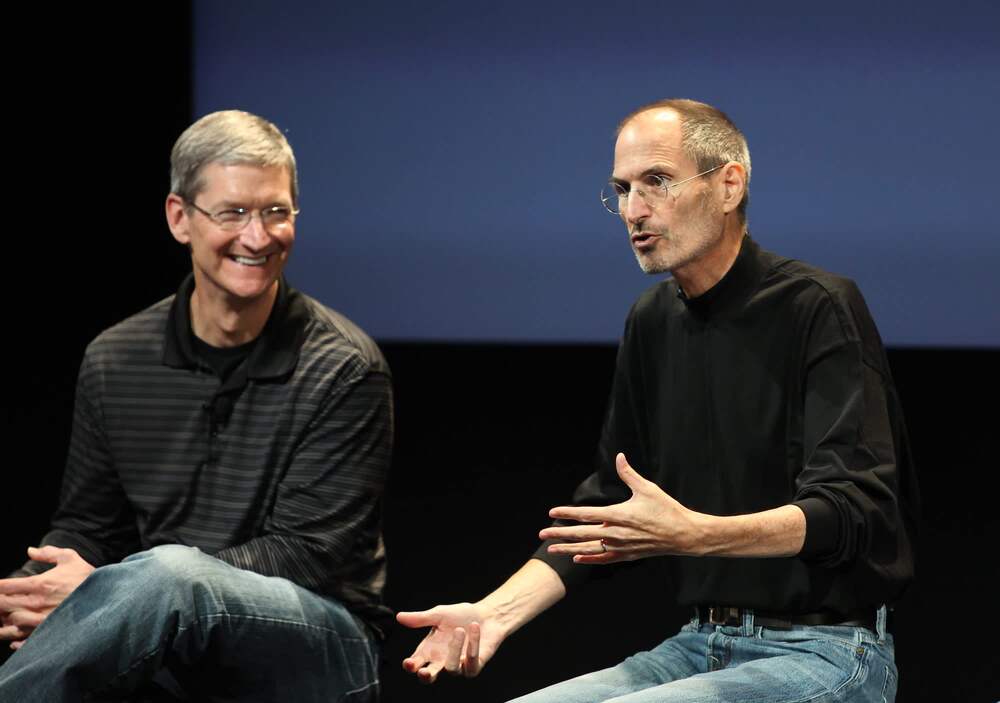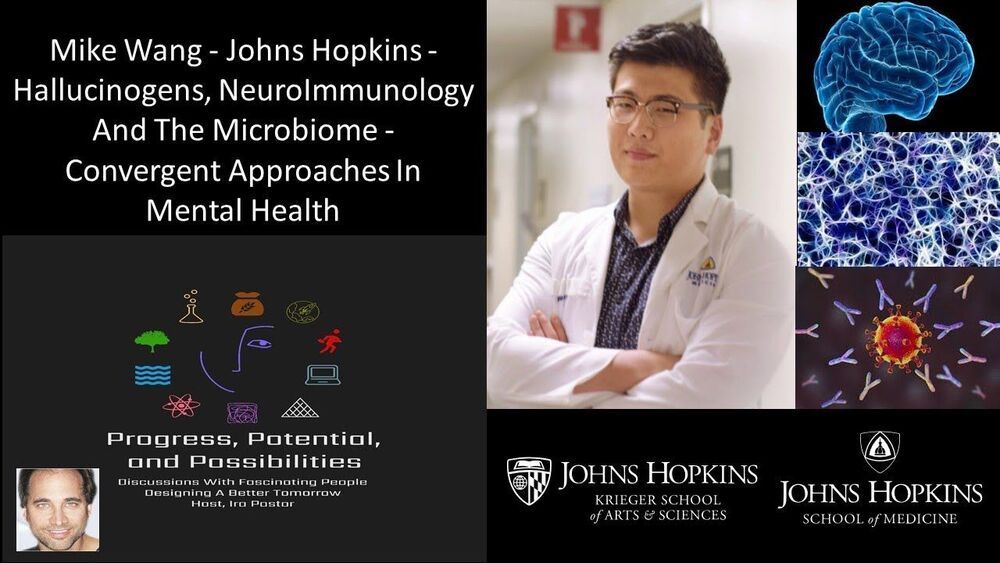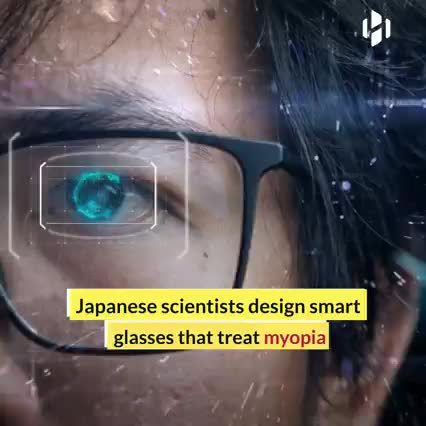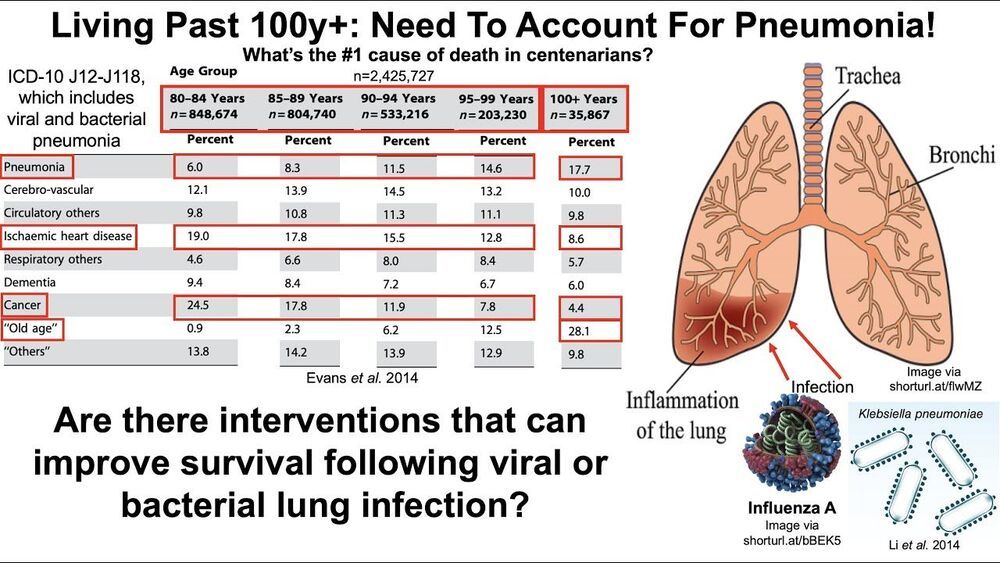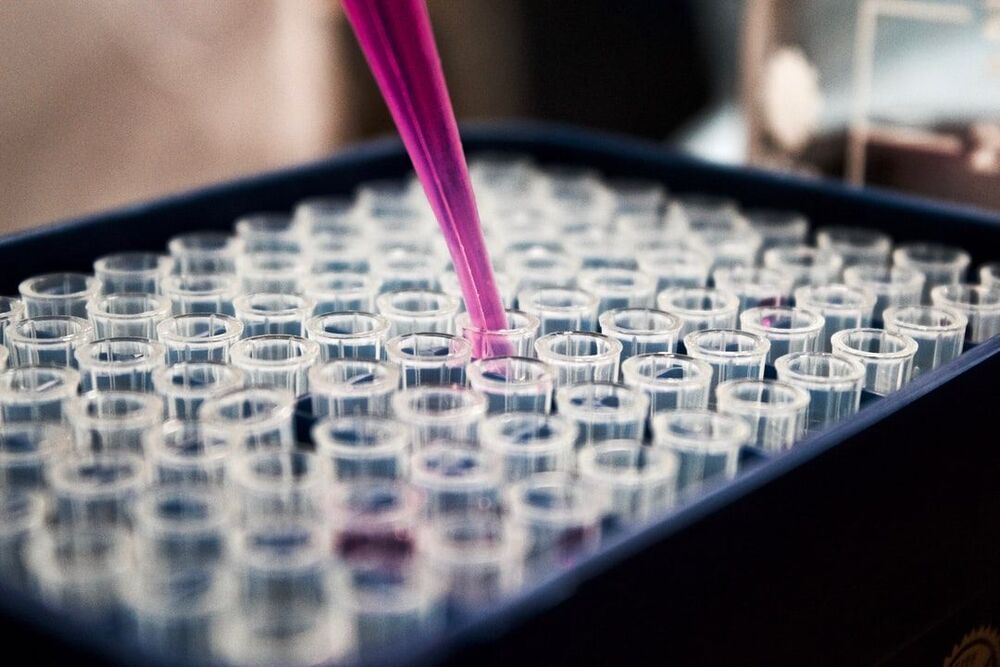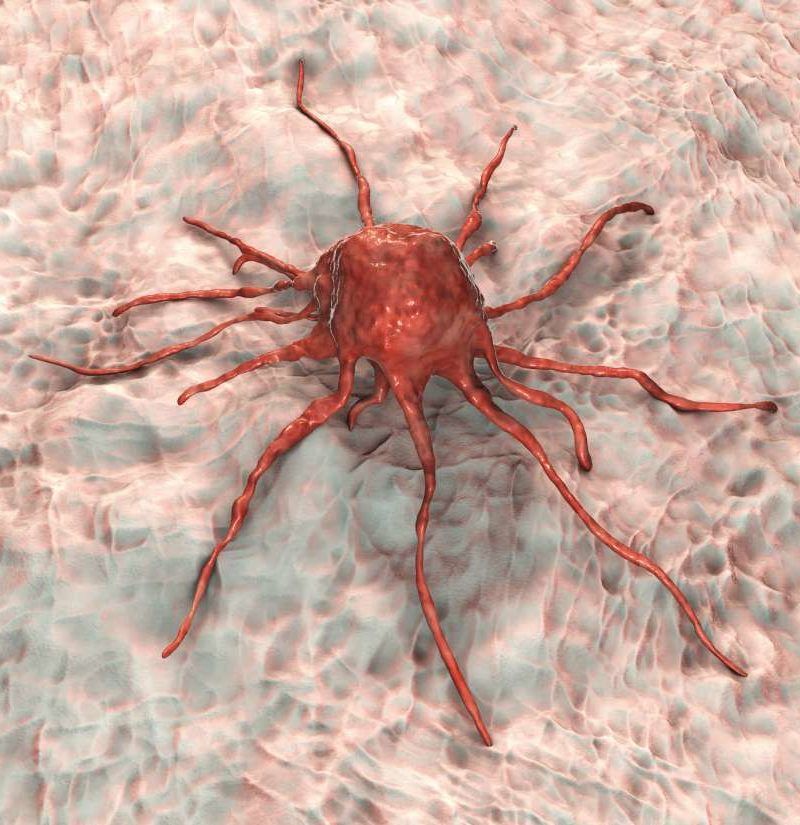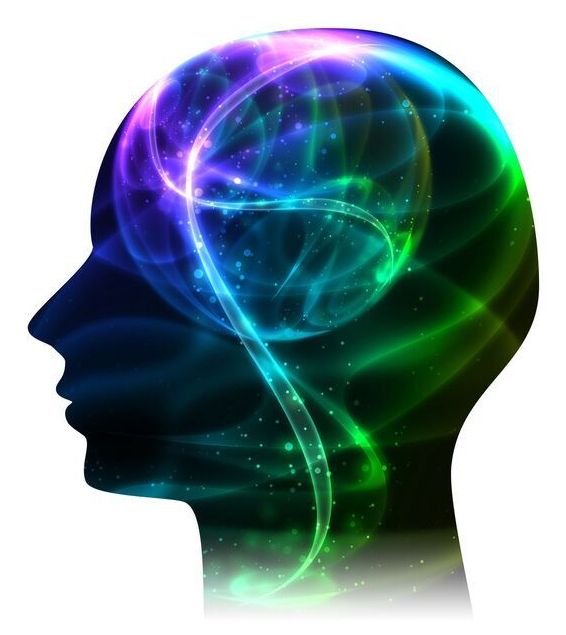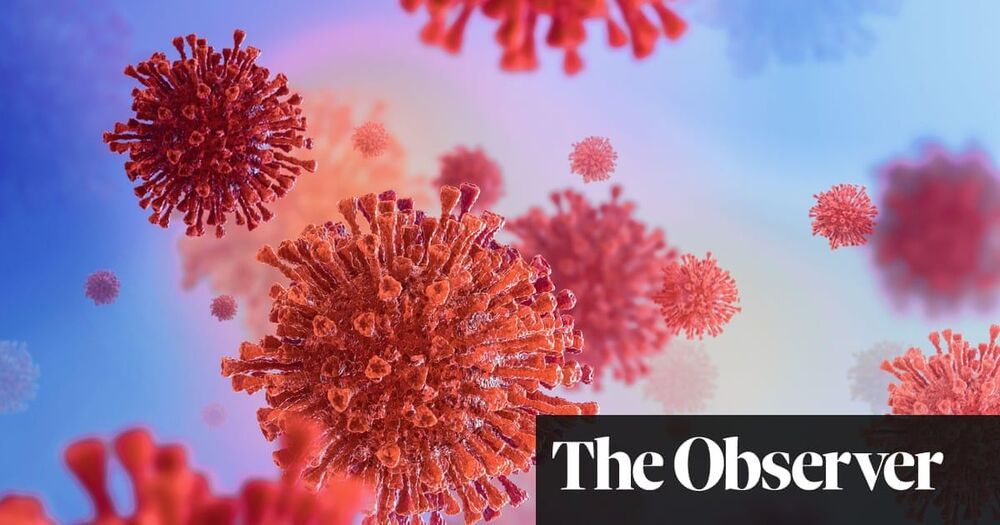Feb 22, 2021
The tech industry is looking to replace the smartphone — and everybody is waiting to see what Apple comes up with
Posted by Derick Lee in categories: augmented reality, biotech/medical, mobile phones
Today, the most common use cases are much more mundane, including smartphone-based games and apps like Pokemon Go or Apple’s Ruler app, which use the phone’s screen and camera rather than relying on glasses or another set of screens sitting on your face. The few companies who are actively producing AR glasses are mostly focused on work scenarios, like manufacturing and medicine.
Industry watchers and participants think that Apple has a good chance to validated and revolutionize augmented reality like it did with smartphones.
